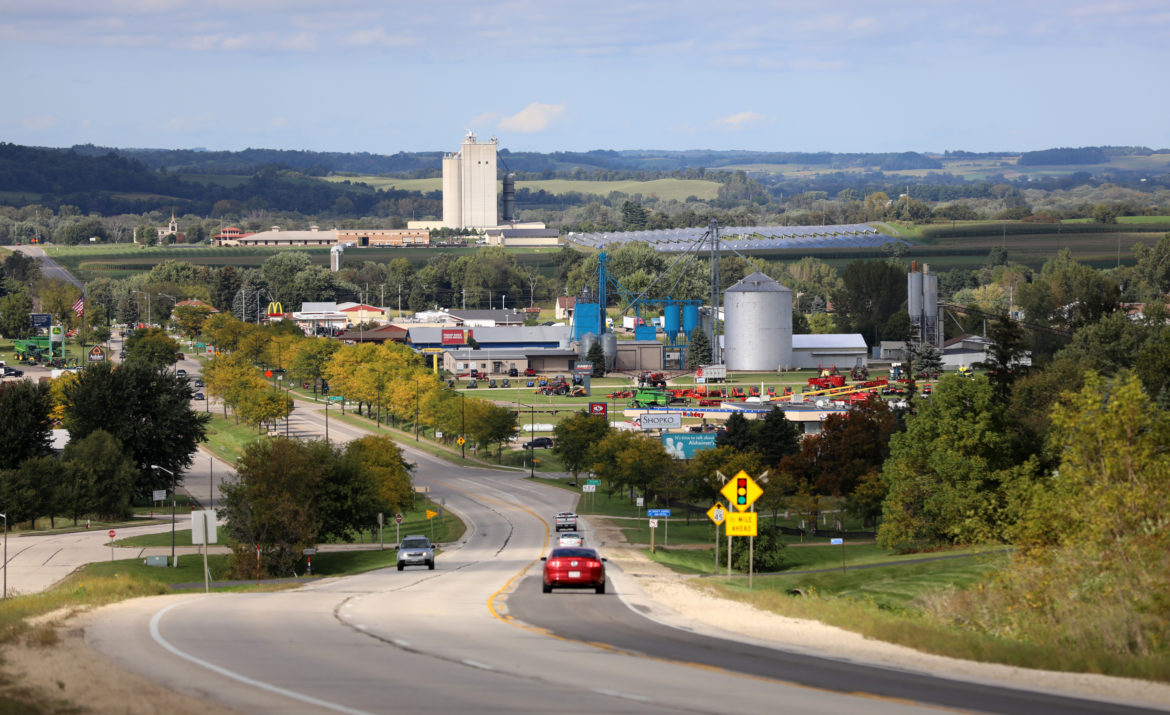Lyle Muller, the first editor of Iowa Watch, grew up in rural northeastern Iowa and had a personal and professional interest in reporting on the struggles of rural hospitals.
Jennifer Hemmingsen, a former reporter and now an editorial writer at the Seattle Times, recalls the uproar in rural Minnesota when Mayo Clinic announced its plan to remove inpatient medical and surgical services and obstetrics from the local hospital in Albert Lea. Hemmingsen’s parents grew up in the area, and her first newspaper job was in the town.
“It really felt like their town would be abandoned. It was huge. I looked into it and realized there are so many towns around the country going through the same experience.”
When Hemmingsen approached Muller late last year about whether IowaWatch was interested in a reporting project on failing rural hospitals, he was all for it. Soon after, INN's Amplify News Project contacted Muller seeking ideas for collaborations among INN members, and he suggested the hospitals project.
 No one envisioned at the time that the multimedia collaboration, titled “Seeking a Cure: The quest to save rural hospitals,” would involve 12 news organizations — six of which are INN members — in seven Midwestern states. It launches today.
No one envisioned at the time that the multimedia collaboration, titled “Seeking a Cure: The quest to save rural hospitals,” would involve 12 news organizations — six of which are INN members — in seven Midwestern states. It launches today.
“This topic appealed to me because it was on our short list of stories to tackle in our plans to carve a niche in Midwest public health reporting,” said Muller. “You could say that it’s an Iowa problem, but it’s a problem in other Midwest states as well. The idea that we could pool information across state lines, so you could look at problems and different solutions, seemed like a worthwhile thing to do.”
In addition to IowaWatch, participating INN members were Bridge Magazine, KCUR, Side Effects Public Media, The Conversation and Wisconsin Watch. Other partners were Iowa Public Radio, Minnesota Public Radio, Wisconsin Public Radio, and three Iowa newspapers. The project was made possible by support from INN, with additional support from the Solutions Journalism Network.
The project presents a composite picture of the historic transformation in rural healthcare in the Midwest over the past decade. It examines hospitals that are scaling back services, merging with larger hospital systems or searching for other creative ways to survive. Across the country, 113 rural hospitals have closed in less than a decade, including 16 so far this year. In the Midwest, 16 percent of rural hospitals rank high or mid-high on a financial stress index developed by the Cecil G. Sheps Center for Health Services Research at the University of North Carolina.
“Seeking a Cure” is the first of three collaborations facilitated by INN this year, all of them suggested by members. The goal is to produce more comprehensive and meaningful journalism than any one organization could do alone, according to Jonathan Kealing, INN’s chief network officer. INN is currently soliciting ideas for collaborations among members in 2020. If you have an idea for a collaboration, contact Kealing directly.
Dave Rosenthal, managing editor of Side Effects, was interested in participating in the collaboration because rural hospital closings touch on a variety of public health issues, from maternal health to access to care. “The divide between health care in rural areas and urban areas is really big in America. When hospitals close it makes the divide even wider. There isn’t equal access in America.”
Rosenthal added that the collaboration was different than previous radio partnerships he has participated in. “This was much broader; it had a lot of online news organizations as well as radio. It was interesting to learn the different perspectives of those organizations,” he said. “It worked really well.”
A previous version of this story misstated Lyle Muller's title.
